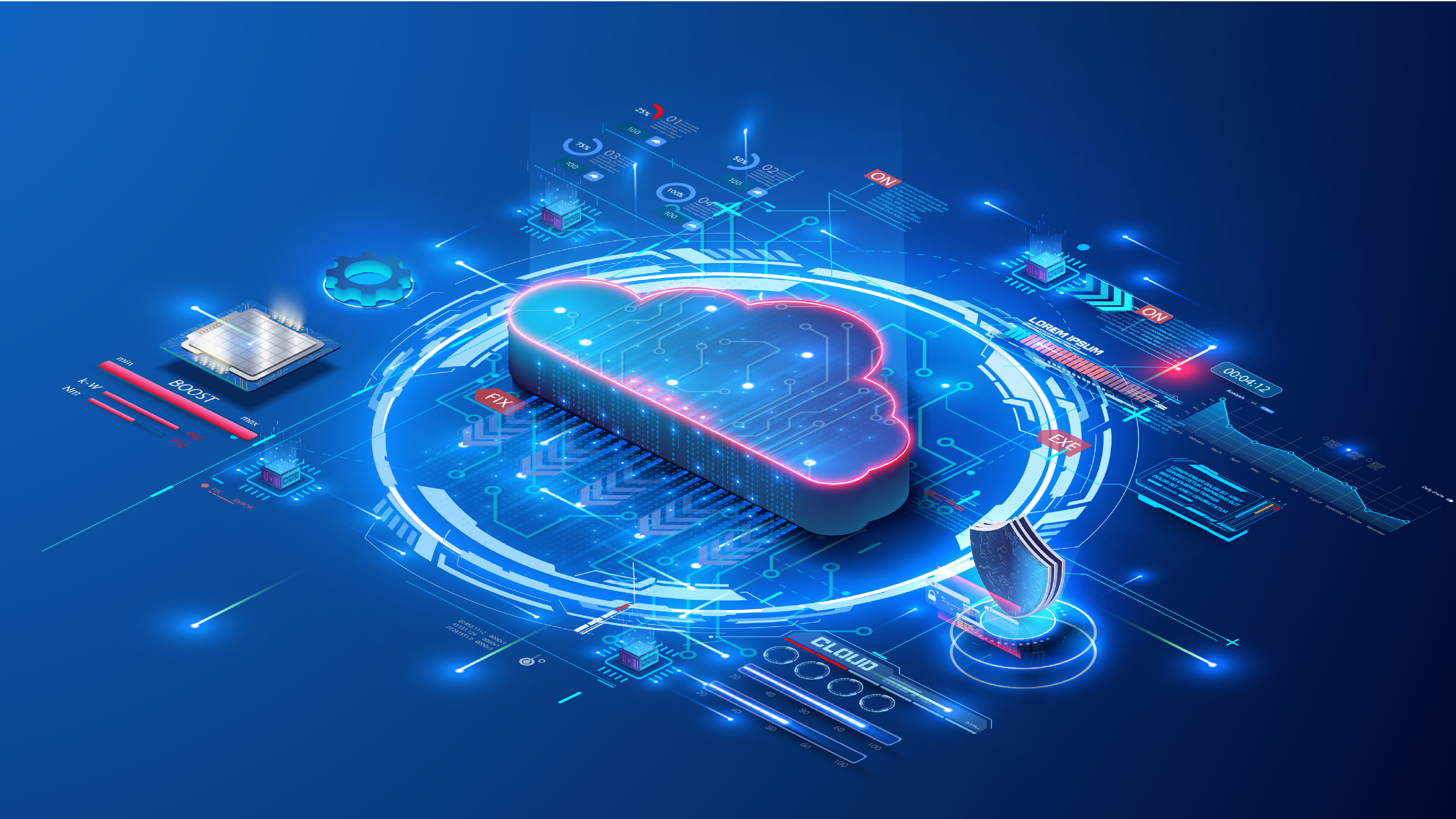
While there is no sugar coating the pressures on businesses and government departments to meet NetZero carbon targets, most IT leaders have the added strain of trying to keep up with demands for new technologies. It’s a constant balancing act of enabling people to work and perform better, while addressing ESG compliance and not blowing IT budgets.
Automation is now dominating IT buyer thinking. New products and tools keep emerging. Only recently, Microsoft founder Bill Gates talked about the huge potential of AI assistants, for example, suggesting the race is on for organizations to develop powerful AI assistants that could reshape the digital landscape, putting the likes of Google and Amazon under threat. He suggested these AI assistants could radically change behaviors impacting everyday life and work. We’ve already seen an element of this with ChatGPT, while Microsoft has already made a play in this direction with the announcement of its Copilot AI assistant for 365.
The fact is, automation is attractive to organizations for productivity, efficiency and overcoming skills shortages but it can come at a cost, both a financial and environmental one. As Gartner warned in its 10 Strategic Predictions for 2023, AI comes with increased sustainability risk. By 2025, it says, “AI will consume more energy than the human workforce, significantly offsetting carbon-zero gains.” With this in mind, something surely has to be done now, to enable AI without undermining environmental efforts.
Meeting ESG targets is, according to Deloitte at least, a more prominent issue in boardrooms this year, so how organizations balance this with increased automation needs will be key. Cloud computing is, of course, central to the enablement of AI tools in organizations. Digital transformations to implement platforms that unify organizations and therefore data are driving cloud adoption.
As Gartner revealed recently, worldwide spending on cloud is expected to hit around $600 billion this year, driven primarily by emerging technologies, such as generative AI. Sid Nag, vice president analyst at Gartner, says generative AI requires “powerful and highly scalable computing capabilities to process data in real-time,” with cloud offering “the perfect solution and platform.”
Cloud bursting
And yet, cloud continues to be dogged by claims of being bad for the environment and not helping organizations hit their ESG compliance targets. In fact, the cloud industry has been one of the most active in trying to increase efficiencies and reduce environmental impacts. Such is the demand for cloud services, that inevitably keeping up is difficult. Piling on more racks in a datacenter is a short term solution but not really a long term answer, especially given the leap in power demands to manage increased automation.
In our Enterprise Cloud Index research, 85% of 1,450 IT decision makers acknowledged that meeting corporate sustainability goals is a challenge for them. While nearly all (92%) said sustainability was a much more important issue than a year ago, there is clearly a disconnect between what organizations want to achieve and how they go about it. What we have seen is that there are big challenges arising from a mix of complexity and IT budget restraints.
Our research shows that most organizations use more than one type of IT infrastructure, whether it is a mix of private and public clouds, multiple public clouds, or an on-premise datacenter, along with a hosted datacenter. This is only going to grow but mixed infrastructures create new management challenges. Given the increased complexity, organizations need a single, unified place to manage applications and data across their diverse environments, to reduce costs but also to measure impacts.
Increasing efficiencies in data processes is an important step in reducing ‘hits’ on IT systems but this really only goes part of the way. The real step change for any organization operating in the cloud is looking at the underlying infrastructure. Measuring and then managing impacts from datacenters will continue to be key to reducing carbon impacts of organizational computing. As with a car, if you have a smaller and yet more powerful and efficient engine, not only are you going to reduce emissions, you are going to enable room for growth and increased performance, through tools such as AI.
Re-framing the picture
As Atlantic Ventures suggests in its report Improving sustainability in data centers, the required energy demand on datacenters is still very high and results in large amounts of carbon dioxide emissions. Energy consumption is a major factor in measuring environmental performance of datacenters but one traditional method is now being questioned.
Fundamentally, changes need to be made at the rack. Infrastructure modernization starts with hyperconverged infrastructures (HCI), reducing ‘moving parts’ and therefore energy needs. This also means less complexity, both in terms of cloud structures but also data management. This is what will achieve the most direct outcomes.
As Atlantic Ventures says, “in the EMEA region HCI architectures have the potential to reduce up to 56,68 TWh from 2022-2025 and save up to €8.22bn in electricity costs in the same period for companies and data center providers undertaking a complete transformation towards HCI.” This, combined with next generation liquid cooling is a huge step towards creating a low impact platform for the future.
For any organization looking to embrace AI and related automation applications, addressing infrastructure complexity now is key. Running datacenters is an increasingly specialist business (especially given on-going high energy prices) and as more and more data is required in real time, so the challenges for organizations only increase. With the right partners and the most efficient infrastructure in place, any organization could consider itself AI-ready without sacrificing an ESG targets.
We've listed the best bare metal hosting.
This article was produced as part of TechRadarPro's Expert Insights channel where we feature the best and brightest minds in the technology industry today. The views expressed here are those of the author and are not necessarily those of TechRadarPro or Future plc. If you are interested in contributing find out more here: https://www.techradar.com/news/submit-your-story-to-techradar-pro







